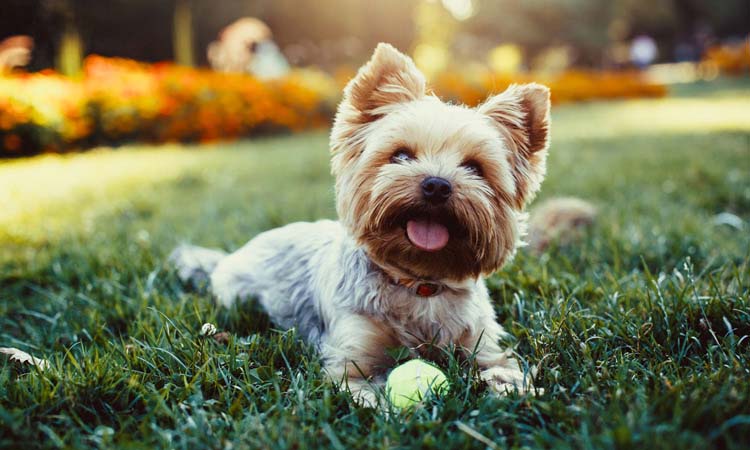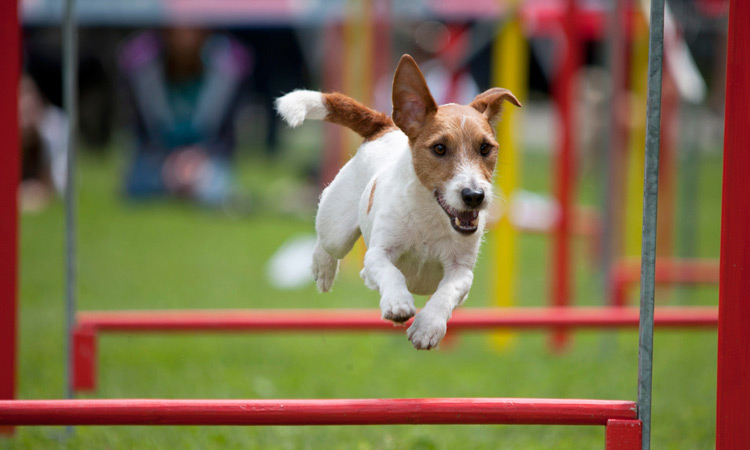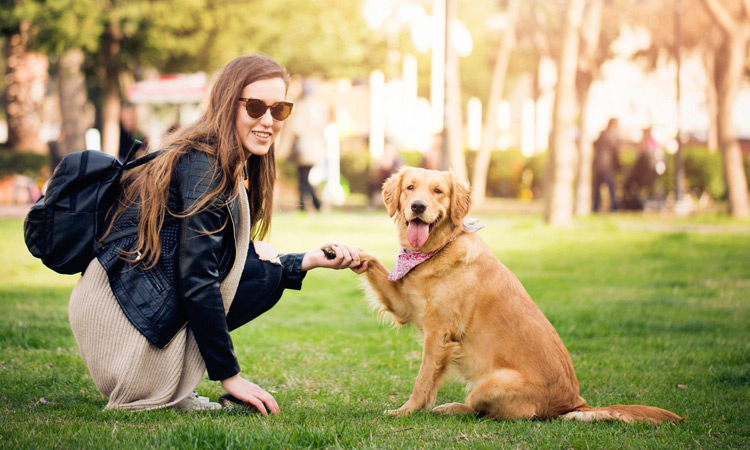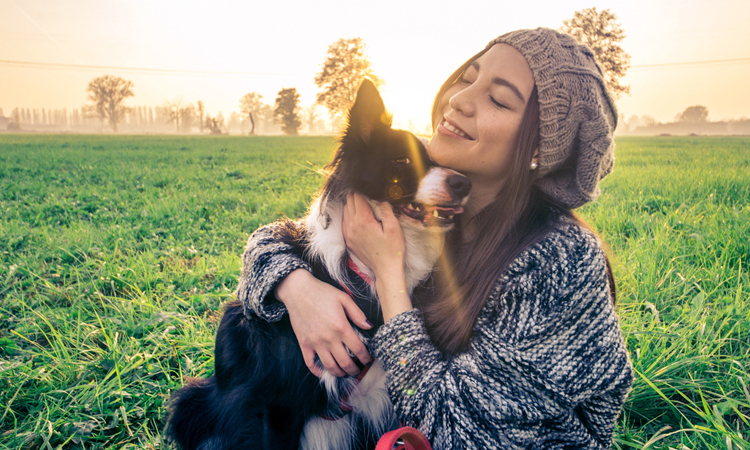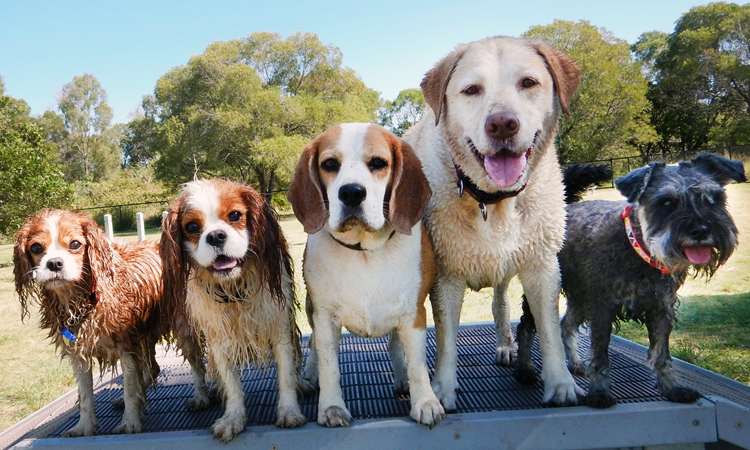How to care for your dog’s physical and mental health
While I was in the dog park a few days ago, I got a good laugh watching a young pup running around with his owner chasing right behind. Clearly still in the early training stage, the puppy was walking her, rather than the other way around.
Having lived in New York City for years, I’ve met all types of dogs and learned about the different types of training they’ve gone through. In all fairness, we don’t come with an instruction manual, so dog owners have come up with quite a variety of dog training methods. From the dogs I’ve spoken with, I’ve found that the holistic approach is the most effective.
Why the holistic approach?
When you adopt a holistic dog training program, you are looking at the dog’s physical, mental, emotional and social needs. You are committing to learning about your dog on every level, which is important because they all impact one another.
Now let’s break down each part. Here is a list of guidelines from the International Association of Canine Professionals.
Physical
Before you begin an exercise regimen with your dog, you need to take a few things into consideration: how old is your dog? What’s your dog’s size and physical structure? Have there been any previous injuries or health concerns?
For example, walking may not be enough exercise for a Golden Retriever, but it is recommended for older and smaller dogs.
Start slowly, and steadily increase the number of days and duration of exercise. Whether it’s walking, running or biking, feel free to mix up the type of exercise each day.
Mental
While physical exercise is quite important, a dog’s mental muscles need to be strengthened too.
Dogs have instinctive hardwired behaviors for survival – hunting, killing, eating and defense mechanisms. When a dog isn’t trained, those instincts can lead to inappropriate and frustrating behavior. By learning how to guide your dog and manage those innate behaviors, you will not only improve your dog’s mental state, but yours too.
Emotional
To promote your dog’s emotional health, you need to create an emotionally healthy environment. Dogs are natural explorers and use all of their senses to understand the world around them. If you keep your dog in a cage or in closed quarters too often, you aren’t giving your dog the space necessary – literally and figuratively – to grow.
It’s important to make off-leash time for your dog. Whether it’s your backyard or a dog park, your dog needs to roam freely and feel emotionally comfortable in his environment.
Social
Having ancestors who lived in packs, dogs are inherently social. Even though dogs spend more time among their human companions, it’s important not to neglect the social needs of your pup.
Think about the pack dynamic: each dog has its own place and role. Pack leaders are responsible for making sure the members follow the rules and create a healthy social environment. As an owner, your job is to acknowledge your dog’s needs, but also establish boundaries to make sure there is mutual respect between you and your dog.
Are you ready to try out the holistic approach? Taking the time to truly understand what makes your dog tick builds trust and strengthens the bond you share. This also makes it more likely your dog will listen and behave. A win-win for everyone!

Waldo

